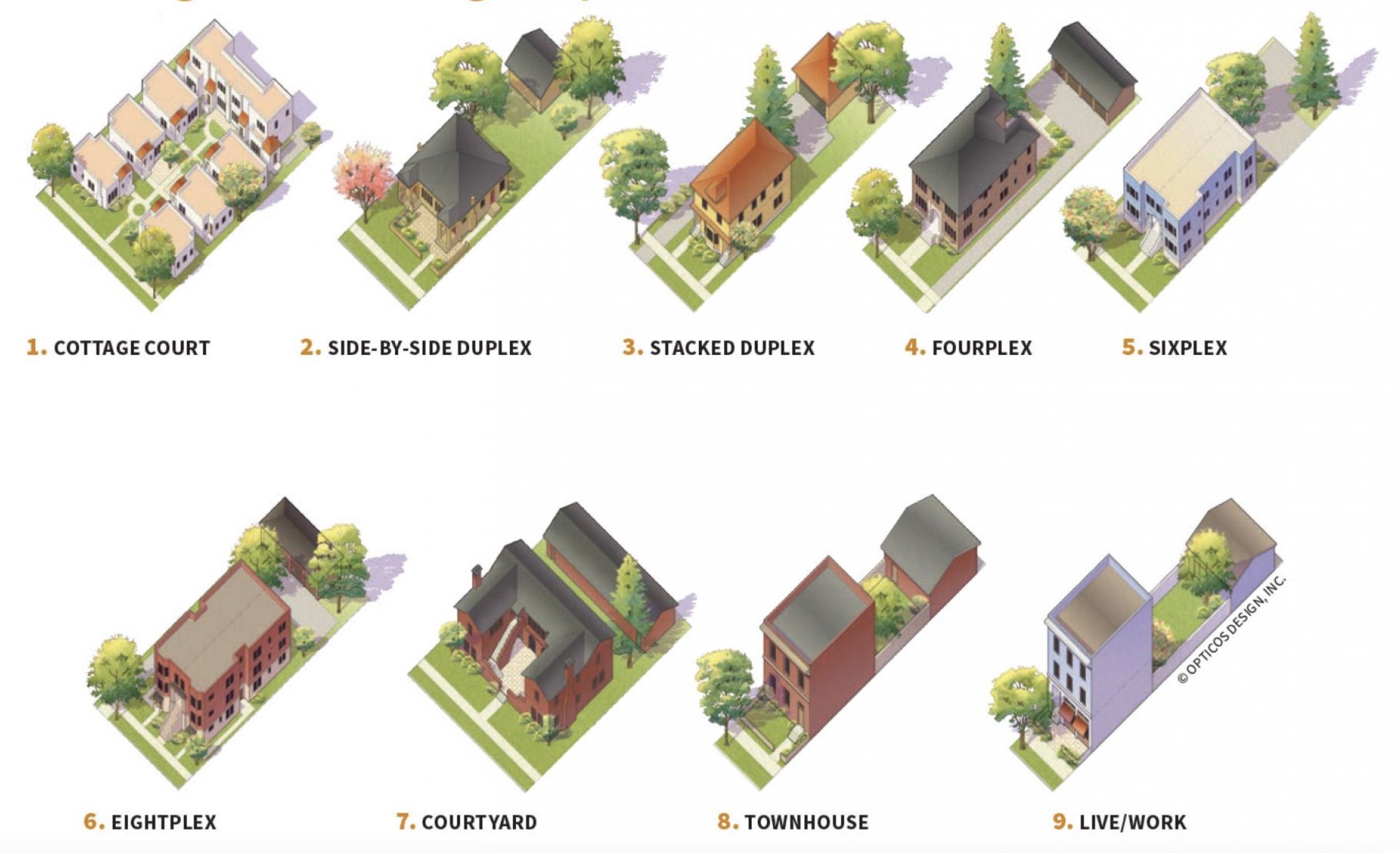Density-Based Zoning vs. Use-Based Zoning: Finding the Balance for Sustainable Urban Development
Continuing our discussion on zoning in the US we are now looking at density-based versus use-based zoning and the impacts of both. Zoning ultimately comes down to urban planning. And urban planning plays a crucial role in shaping the physical and social fabric of our cities. One of the key challenges faced by urban planners is determining the most effective zoning regulations to promote sustainable development. Ultimately finding a balance between the two zoning types can be the most effective way of encouraging a multitude of development projects within our urban fabrics.
Density-Based Zoning:
Density-based zoning focuses on regulating the intensity of land use within specific areas. It aims to control the population density, building heights, and floor-area ratios (FAR) to ensure compatible land use patterns and efficient infrastructure provision. By encouraging higher-density development in designated zones, such as downtown areas or transit-oriented developments, density-based zoning aims to promote mixed-use developments and reduce urban sprawl.
The advantages of density-based zoning are numerous. It can enhance walkability and reduce reliance on private vehicles, as higher population density encourages the use of public transportation and promotes the creation of pedestrian-friendly environments. It also helps maximize the utilization of existing infrastructure and amenities, reducing the need for costly expansion. Additionally, higher density can support a diverse range of businesses and foster a sense of community.
Use-Based Zoning:
Use-based zoning, on the other hand, focuses on segregating different types of land uses. It establishes specific zones for residential, commercial, industrial, and recreational purposes, among others. The aim is to separate potentially incompatible land uses and mitigate the negative impacts that could arise from the coexistence of different activities.
While use-based zoning can offer some advantages like clarity and predictability to developers, investors, and residents by defining the permitted land uses in each zone, it prevents diversity in development of complimentary uses such as residential, commercial, retail, and even institutional. Use-based zoning can also help preserve the character of neighborhoods but in doing so generally will stagnate property values in fully developed neighborhoods or arbitrarily drive up prices in areas that are desirable and underdeveloped.
Finding the Balance:
While both density-based zoning and use-based zoning have their merits, a rigid adherence to either approach can lead to unintended consequences. Overly strict use-based zoning can result in segregated and monotonous neighborhoods, leading to longer commutes, increased traffic congestion, and reduced access to amenities. Conversely, a sole focus on density-based zoning without considering land use compatibility can result in negative externalities, such as noise, pollution, and decreased quality of life.
The key to achieving sustainable urban development lies in finding a balance between density and land use regulations. A hybrid approach that integrates elements of both zoning strategies can be effective. By encouraging mixed-use development within higher-density zones, cities can achieve a vibrant blend of residential, commercial, and recreational activities, promoting walkability and reducing the need for long commutes. At the same time, use-based zoning can still be applied to ensure that incompatible land uses are appropriately separated, such as residential and industrial.
In the quest for sustainable urban development, the debate between density-based zoning and use-based zoning often arises. While density-based zoning encourages higher density and mixed-use developments, use-based zoning focuses on segregating different land uses. However, finding the balance between these two approaches is crucial to create vibrant, sustainable, and inclusive cities.
By integrating elements of both, urban planners can create environments that promote walkability, reduce commute times, enhance access to amenities, and foster a sense of community. Additionally, considering local context and involving the community in the planning process can help tailor zoning regulations to specific needs and aspirations.
Ultimately, successful zoning strategies require a holistic and adaptable approach that recognizes the interconnectedness of land use and density. By striking the right balance, we can build cities that are not only functional and efficient but also socially and environmentally sustainable for generations to come.

